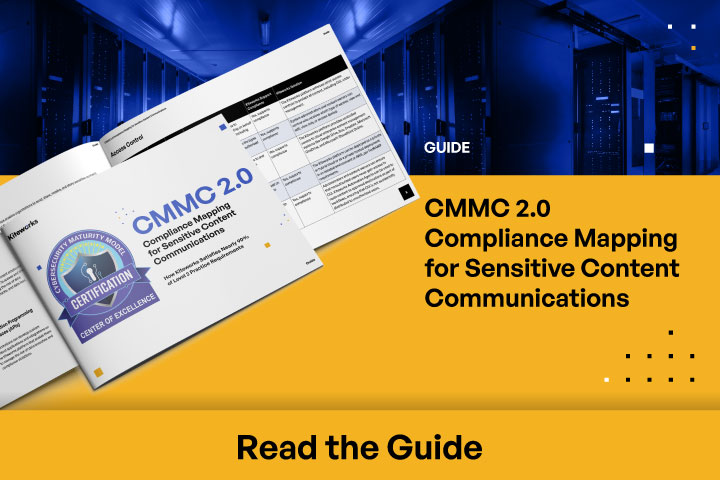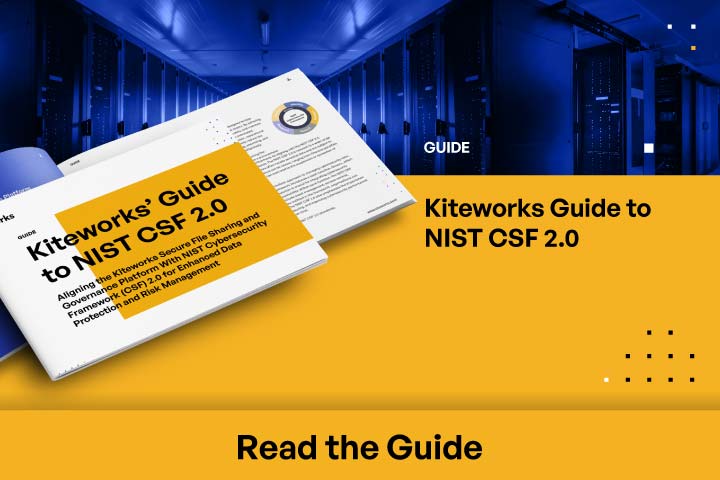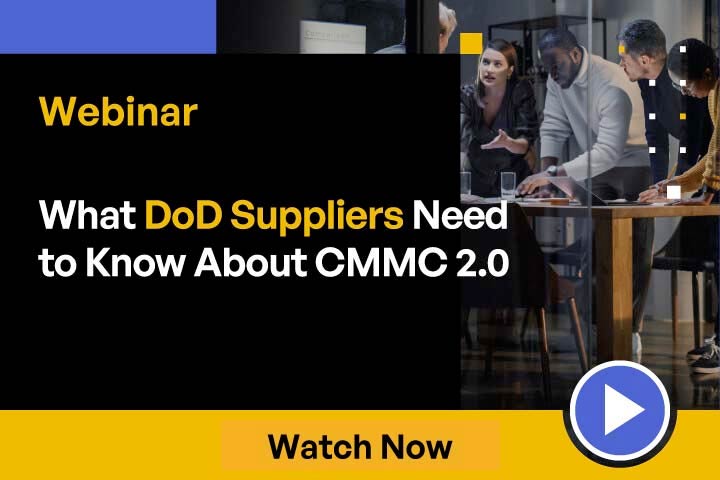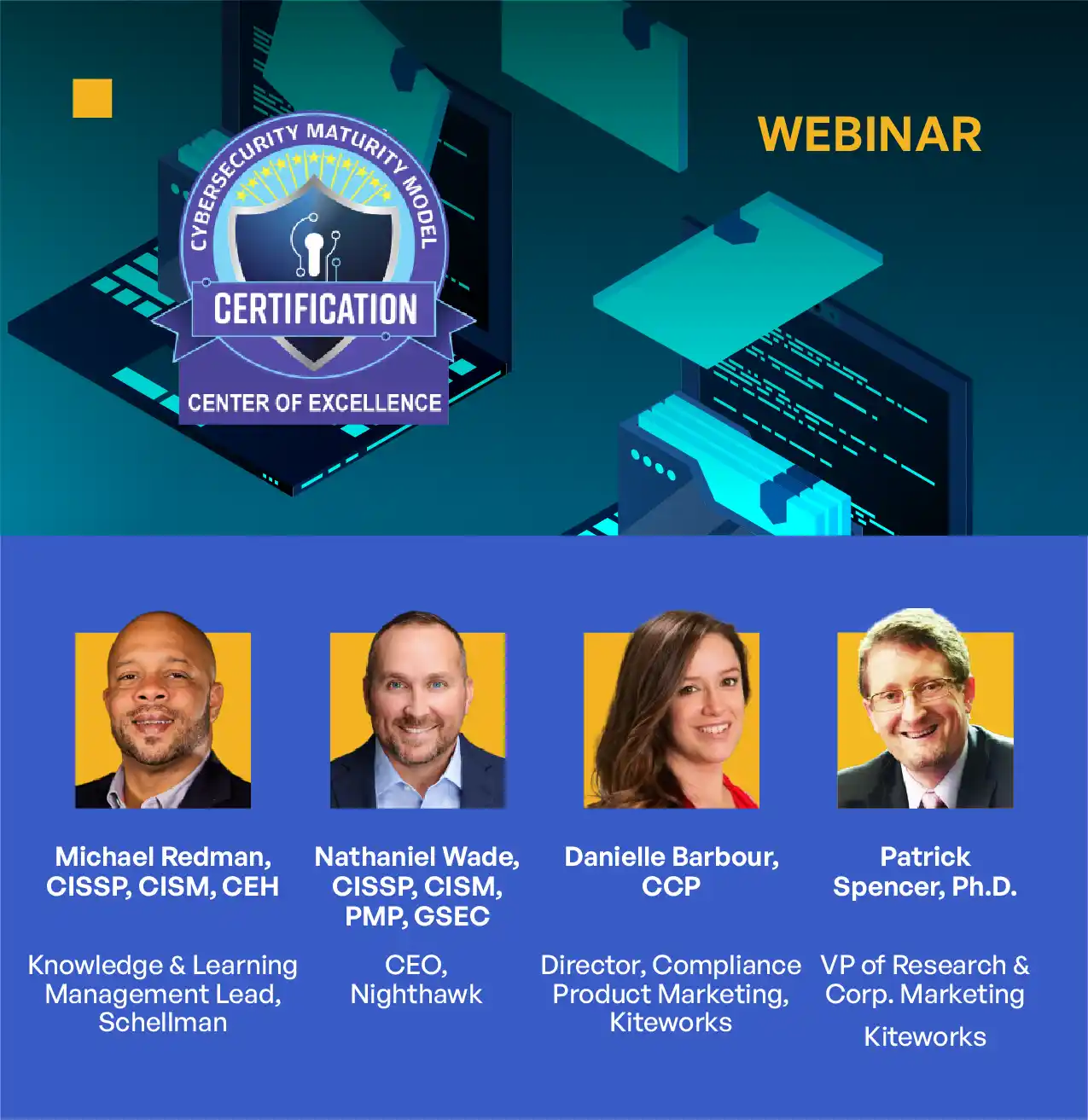
What to Expect for Your CMMC 2.0 Level 2 Audit
Recommendations on preparing for and completing a successful CMMC certification
Common Challenges in Complying With NIST 800-171
Organizations face significant challenges when complying with NIST SP 800-171, including the complexity of implementing and maintaining the required security controls across their systems and processes. Following are some of the biggest challenges faced by DIB contractors when it comes to NIST SP 800-171 compliance and their sensitive data exchanges.
Access Controls
Complying with access control requirements in NIST SP 800-171 can be challenging for organizations. Implementing granular access controls, managing user accounts, and enforcing least-privilege principles across various systems and applications require significant effort and resources. Organizations must ensure that access rights are consistently applied, regularly reviewed, and promptly updated when user roles change or employees leave the company. Additionally, monitoring and auditing access to sensitive data, such as CUI, can be complex and time-consuming, especially in large-scale environments with diverse systems and a multitude of users.
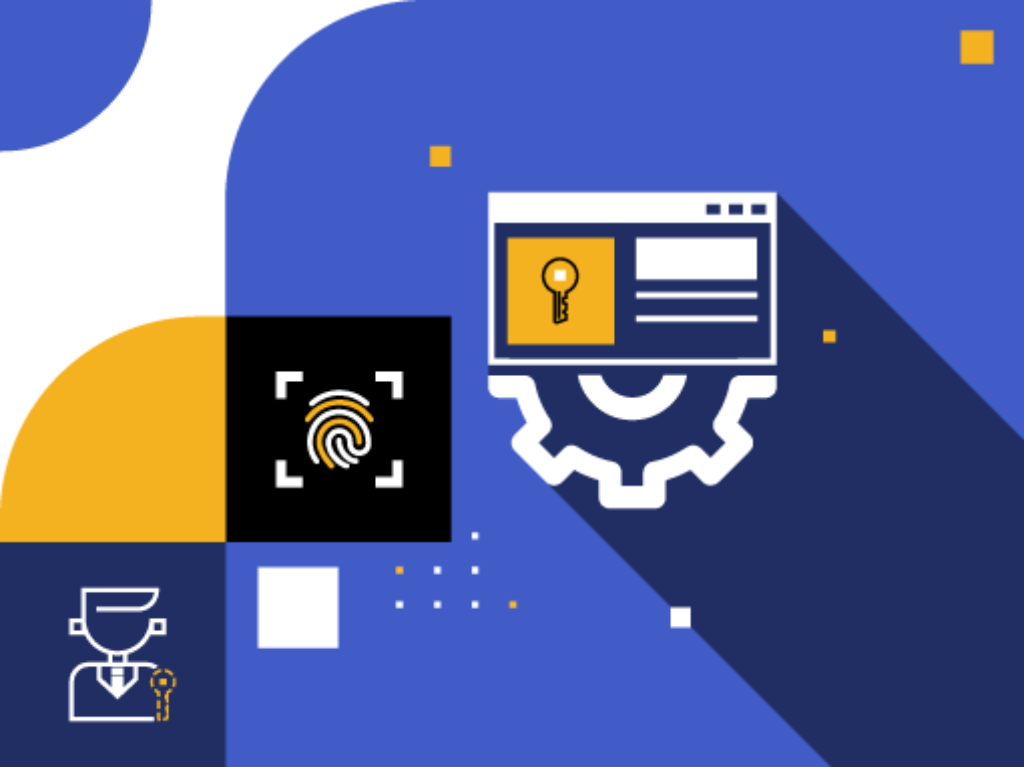
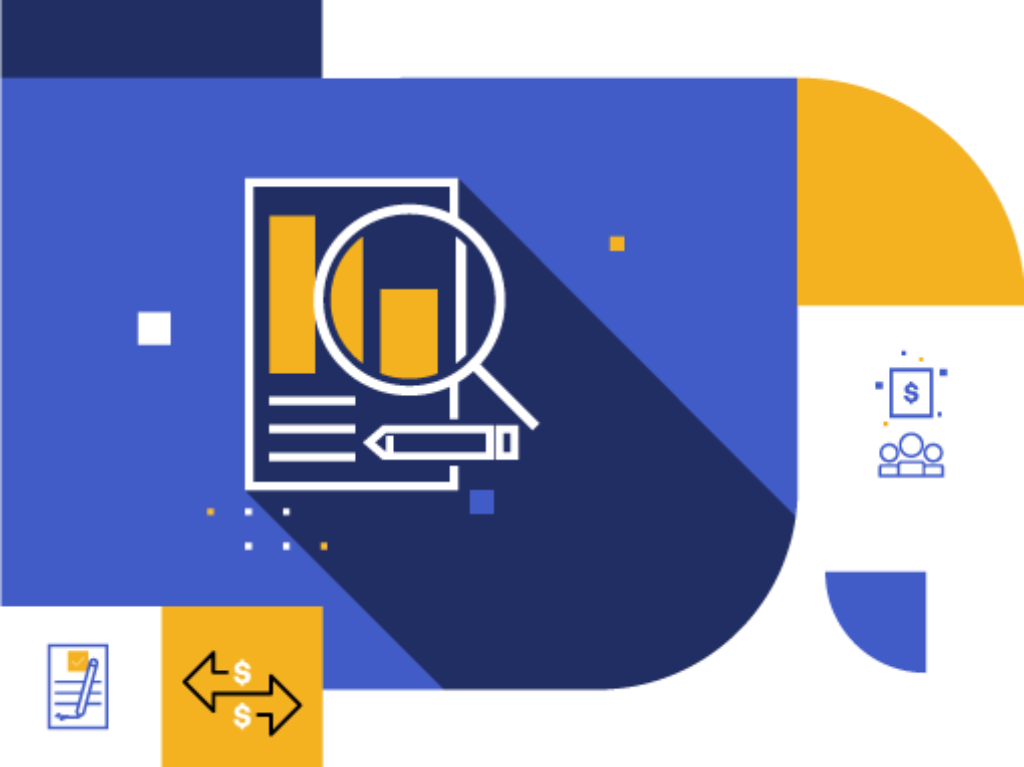
Audit and Accountability
Organizations face significant challenges in meeting the audit and accountability requirements, which involve logging and monitoring system events, generating detailed audit records, and protecting audit information from unauthorized access or modification. Implementing comprehensive logging and auditing mechanisms across multiple systems and applications can be complex and resource-intensive. Organizations must ensure that audit records contain sufficient information for effective analysis and investigation, while also securing these records from tampering or deletion. Additionally, reviewing and analyzing audit logs regularly to detect suspicious activities requires dedicated resources and expertise. Failure to comply with these requirements can result in the inability to detect and respond to security incidents, as well as potential legal and regulatory consequences.
Configuration Management
The configuration management requirements pose several challenges for organizations. These requirements involve establishing and maintaining secure baseline configurations, controlling changes to system configurations, and restricting the use of unnecessary functions, ports, and services. Organizations must ensure that their systems are configured securely and consistently across the enterprise, which can be difficult to achieve and maintain, especially in complex IT environments. Identifying and documenting deviations from established configuration settings requires thorough analysis and approval processes. Additionally, organizations must regularly review and update their system inventories, track the location of CUI, and apply appropriate controls to systems used in high-risk areas. Failing to comply with these requirements can lead to vulnerabilities, inconsistencies, and an increased risk of security breaches.
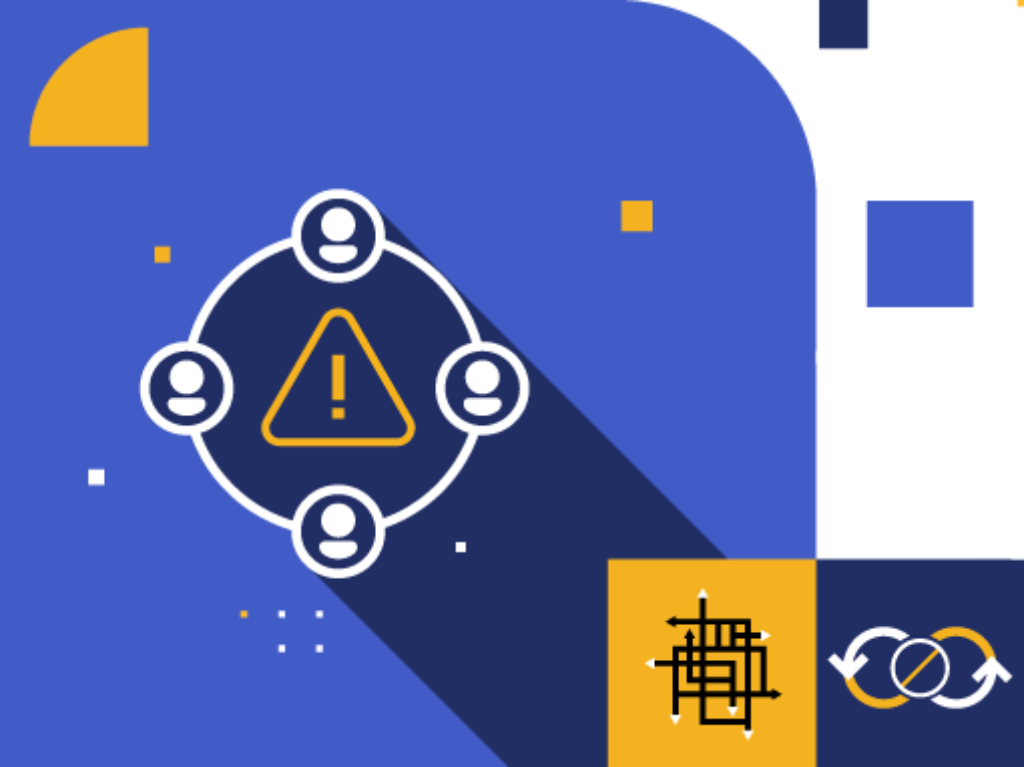
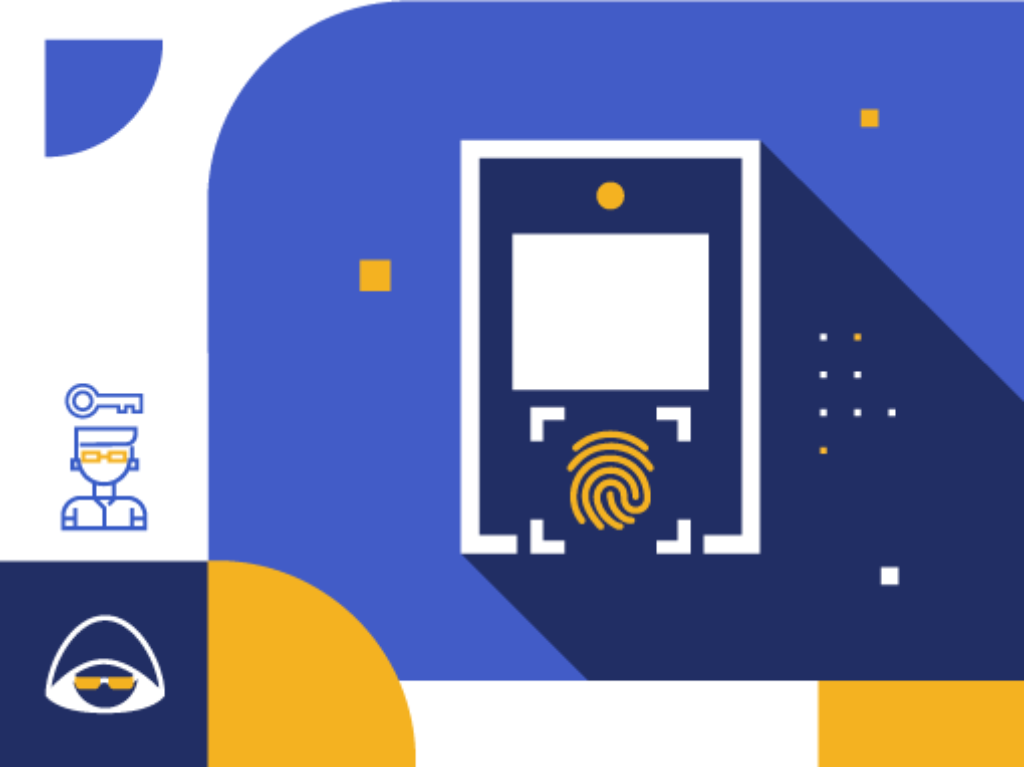
Identification and Authentication
The identification and authentication requirements involve uniquely identifying and authenticating users and devices, implementing multi-factor authentication, and managing authenticators securely. Organizations must ensure that all users and devices are properly authenticated before granting access to sensitive systems and data, which can be complex and resource-intensive, particularly in large-scale environments. Implementing multi-factor authentication across multiple systems and applications requires significant effort and may impact user experience. Additionally, organizations must establish secure processes for managing authenticators, including their distribution, revocation, and protection against unauthorized disclosure or modification. Failure to comply with these requirements can result in unauthorized access, data breaches, and noncompliance with regulatory standards.
Systems and Communications Protection
Systems and communications protection requirements involve monitoring and controlling communications at system boundaries, separating user functionality from system management, protecting the confidentiality of CUI during transmission and storage, and managing cryptographic keys securely. Organizations must ensure that their systems are properly segmented and that communications between internal and external networks are tightly controlled. Implementing strong encryption mechanisms to protect CUI in transit and at rest can be complex, especially when dealing with a variety of systems and platforms. Additionally, organizations must establish secure processes for managing cryptographic keys, including their generation, distribution, and storage. Failure to comply with these requirements can result in unauthorized access, data breaches, and noncompliance with regulatory standards.
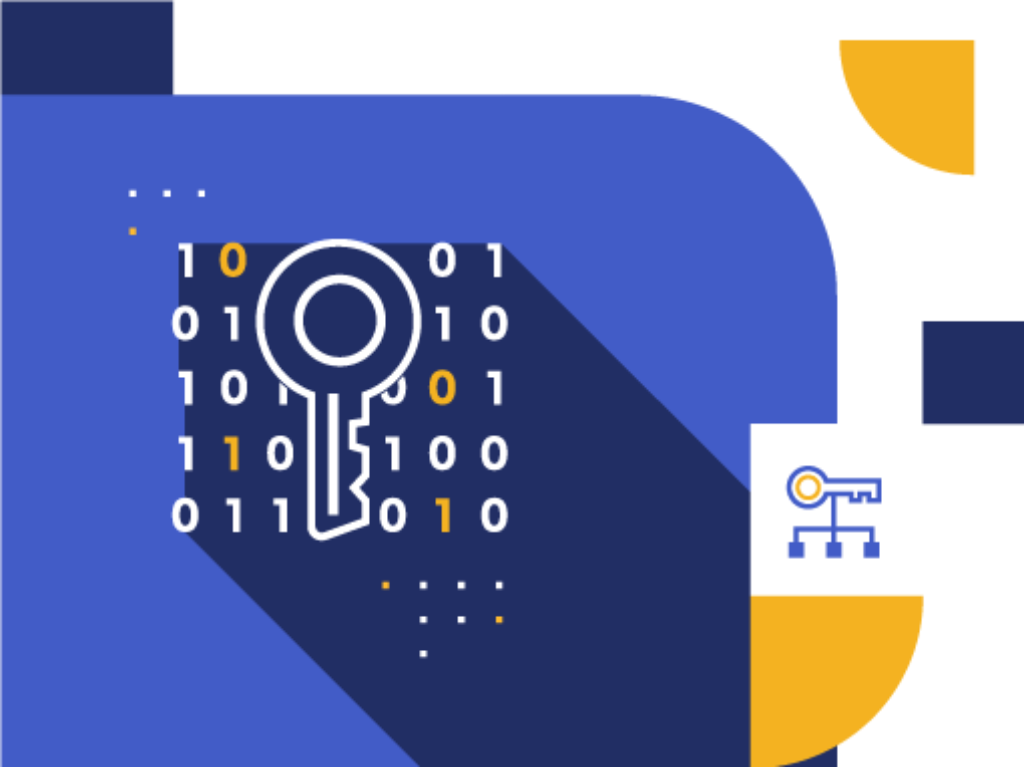
Kiteworks Supports NIST 800-171 Compliance
Robust Account Management Capabilities
Kiteworks provides a comprehensive set of features to support compliance with the access control requirements. The platform offers robust account management capabilities, allowing administrators to create, modify, and disable user accounts, as well as monitor account usage. Kiteworks enforces role-based access controls and least-privilege principles, ensuring that users only have access to the data and features necessary for their roles. The platform also supports the separation of duties, multi-factor authentication, and secure remote access. Additionally, Kiteworks enables organizations to protect CUI on mobile devices and control access to external systems.

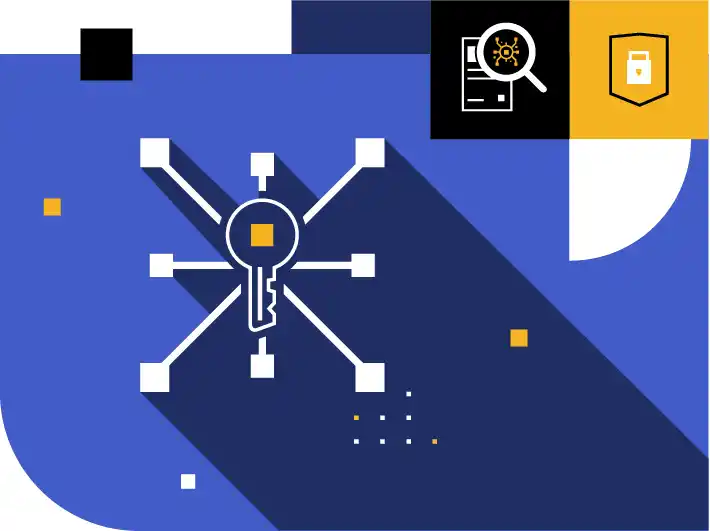
Immutable Audit Logs and SIEM Integrations
The platform logs all access to and sharing of data, tracks user activities, and generates detailed audit records with timestamps, user identities, and event types. Kiteworks integrates with SIEM systems for real-time event correlation and threat detection and offers comprehensive reporting capabilities for security investigations. The platform protects audit logs from unauthorized access, modification, and deletion, ensuring the integrity of audit information. Kiteworks alerts administrators in case of logging failures and provides a CISO Dashboard for a visual overview of system activities and anomalies. These features enable organizations to effectively monitor, analyze, and secure their systems, maintaining compliance with the audit and accountability requirements.
Hardened Virtual Appliance and Least-privilege Settings
Kiteworks’ one-click compliance reports track the baseline configuration and log all changes to the system configuration. Administrators can configure security settings for the platform, users, and mobile devices, with the system defaulting to least-privilege settings and warning of potentially risky configurations. Kiteworks enables administrators to review, approve, and control changes to the system, and provides compliance warnings for changes that degrade security. The hardened virtual appliance exposes only essential ports and services, prevents unauthorized software installation, and protects CUI processed within the system. These features help organizations maintain secure and compliant system configurations, reducing the risk of vulnerabilities and data breaches.
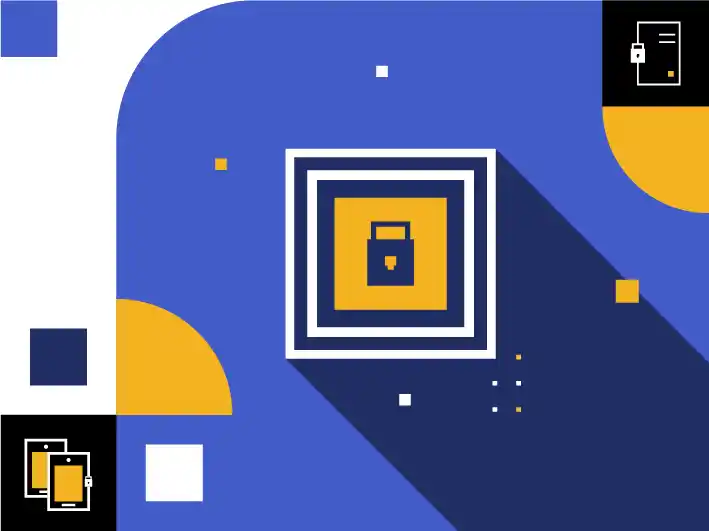
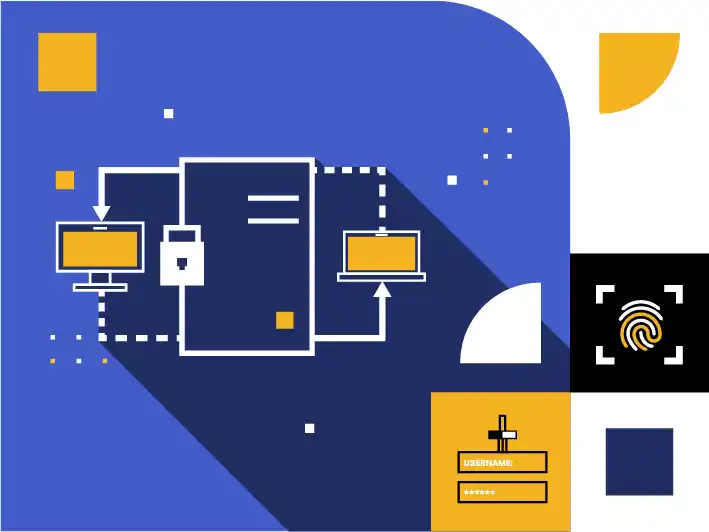
Identification and Authentication Restrict Sensitive Data Access
The Kiteworks platform assigns unique user IDs and tracks all user activity, ensuring that users are properly identified and authenticated before accessing sensitive data. Kiteworks supports multi-factor authentication, including one-time passcodes, SMS-based authentication, and integration with third-party authentication solutions. The platform also implements replay-resistant authentication mechanisms and securely manages authenticators, protecting them from unauthorized disclosure or modification. Kiteworks enforces strong password policies, encrypts passwords in transit and at rest, and obscures authentication feedback. These features help organizations establish a robust identification and authentication process, reducing the risk of unauthorized access and data breaches.
Safeguard Systems and Communications
Kiteworks monitors and controls communications at system boundaries, ensuring the security of CUI shared across organizational boundaries. Kiteworks separates user functionality from system management, preventing unauthorized access to sensitive data and functions. The platform encrypts CUI in transit using TLS 1.3 and at rest using AES-256, and securely manages cryptographic keys. Kiteworks supports network segmentation, IP whitelisting and blacklisting, and the use of proxy servers to enhance security and control. The platform also protects session authenticity, limits external network connections, and provides secure mobile code management. These features enable organizations to establish a strong security posture, safeguarding their systems and communications from unauthorized access, data leakage, and other security threats.
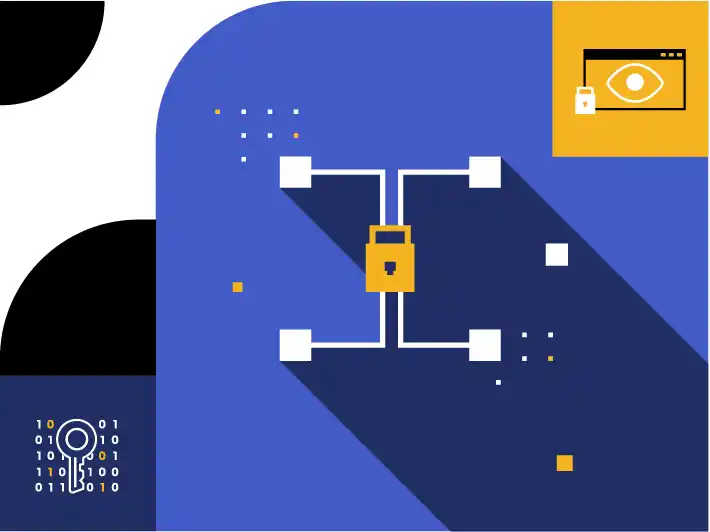
NIST SP 800-171 Compliance FAQs: CUI Protection Solutions
You need NIST 800-171 compliance if your organization handles controlled unclassified information (CUI) from federal agencies, particularly through Department of Defense contracts or subcontracts. NIST 800-171 compliance therefore supports CMMC 2.0 Level 2+ requirements, FedRAMP requirements for secure cloud solutions, and ITAR compliance for defense contractors. NIST 800-171 also provides foundational controls that align with other compliance regulations like, PCI DSS, HIPAA, and GDPR. The Kiteworks Private Data Network supports NIST 800-171 compliance, offering comprehensive CUI protection through granular access controls, FIPS 140-3 Level 1 validated encryption, and detailed audit logs that meet all 110 security controls across the framework’s 17 families for government contractors.
NIST 800-171 requires granular access controls, zero trust security, particularly least-privilege principles, and role-based permissions for accessing controlled unclassified information (CUI). You must regularly review user accounts, update access rights when roles change, and monitor sensitive data access across all systems. Kiteworks provides robust account management with role-based access controls (RBAC), least-privilege enforcement, separation of duties, multi-factor authentication (MFA), and comprehensive user activity monitoring in support of NIST 800-171 compliance. With Kiteworks, you can ensure only authorized personnel access CUI while maintaining detailed audit logs of all file activity—namely who sent what to whom—required for compliance.
Organizations typically struggle most with implementing access controls, capturing CUI access activity, and configuring multiple systems. Managing granular permissions like role-based access controls (RBAC), maintaining secure baselines, and generating compliant audit logs requires significant resources and expertise, especially in complex IT environments. Kiteworks supports NIST 800-171 compliance and simplifies implementation through automated security controls, role-based and attribute-based access management (ABAC), immutable audit logs with SIEM integration, and a hardened virtual appliance with least-privilege defaults.
NIST 800-171 requires monitoring communications at system boundaries, encrypting controlled unclassified information (CUI) in transit and at rest, and controlling access to external systems. You must implement network segmentation, secure transmission protocols, and cryptographic key management for CUI sharing. Kiteworks supports NIST 800-171 compliance with a Private Data Network that encrypts CUI using TLS 1.3 in transit and AES 256 encryption at rest, monitors system boundary communications, supports network segmentation and IP whitelisting, and provides secure key management. This enables compliant CUI sharing across organizational boundaries with comprehensive protection.
Standard cloud storage solutions typically don’t meet NIST 800-171 security controls for controlled unclassified information (CUI) protection. Exceptions include platforms with FedRAMP authorization and security controls including encryption, access controls, audit logs, and boundary protection. Kiteworks supports NIST 800-171 compliance with secure deployment options, including a FedRAMP Moderate and FedRAMP High Authorized virtual private cloud for FedRAMP compliance. Comprehensive security controls include AES-256 encryption, granular access controls, immutable audit logs, network segmentation, and secure encryption key management. The Kiteworks Private Data Network meets all required security families while enabling secure collaboration on CUI.
FEATURED RESOURCES
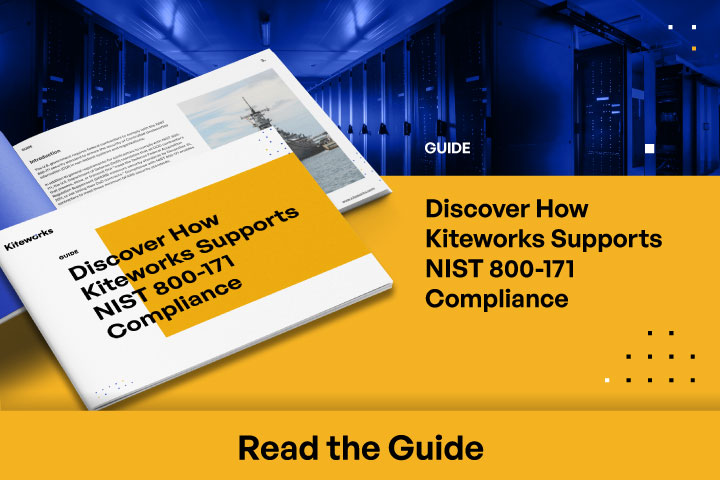
Discover How Kiteworks Supports NIST 800-171 Compliance
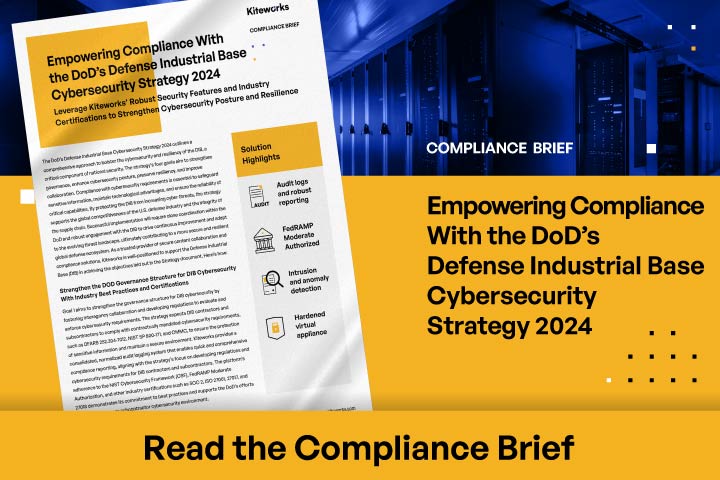
Empowering Compliance With the DoD’s Defense Industrial Base Cybersecurity Strategy 2024
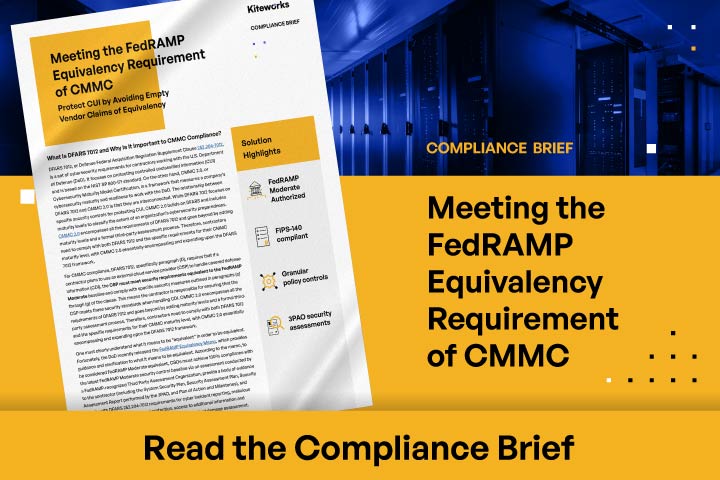
Meeting the FedRAMP Equivalency Requirement of CMMC
